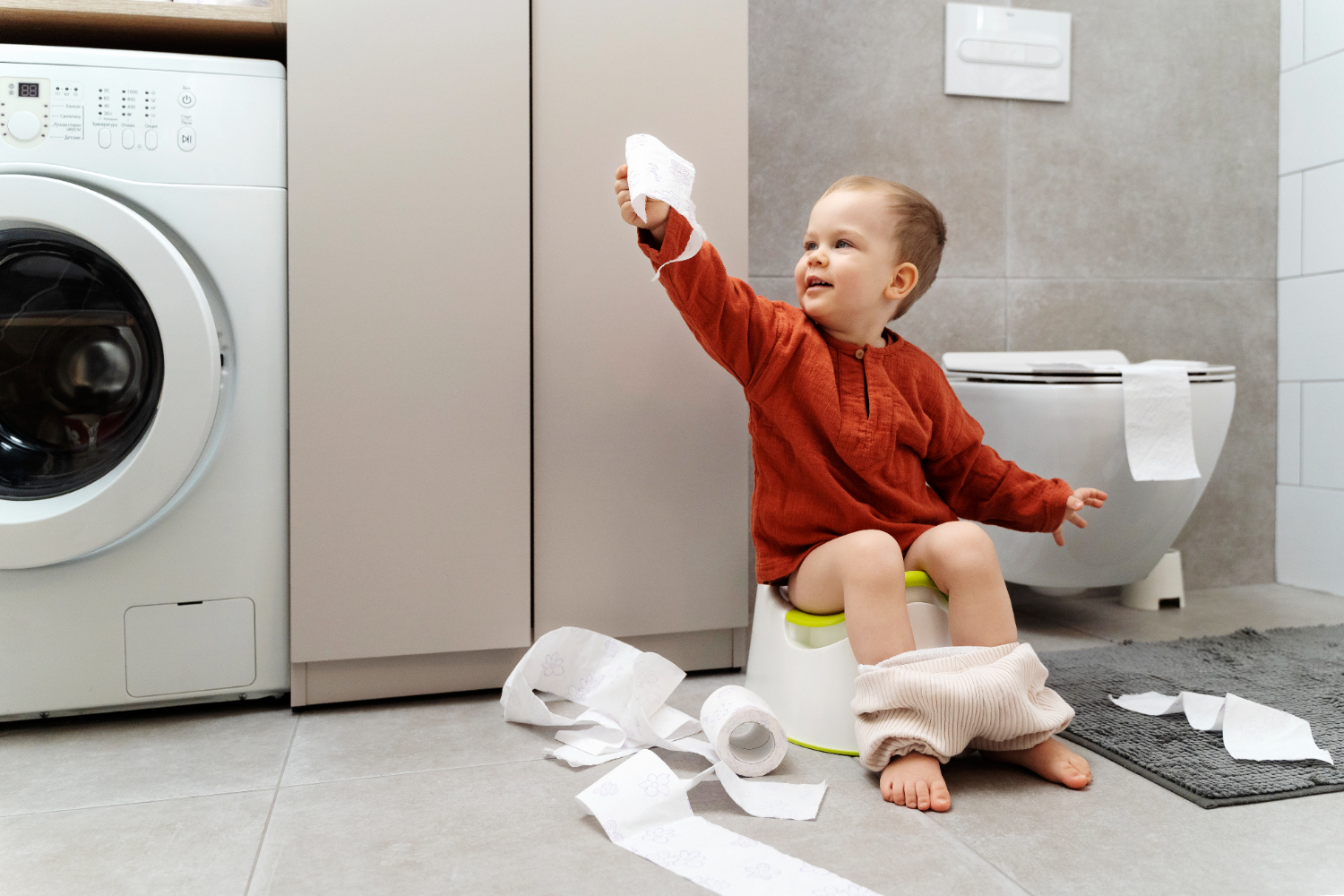Potty training is a significant milestone for both parents and children, but it can also be a challenging process. For parents of boys, there are specific considerations that can make the journey easier and more effective. This article provides practical, research-based advice on how to potty train a boy, covering the right age to start, tips for success, and common challenges. When Should You Start Potty Training a Boy? Determining the right time to start potty training is crucial for success. While every child is unique, most boys are ready between 18 months and 3 years old. Boys often start potty training slightly later than girls and may take a bit longer to master the process. Look for these signs of readiness: If your boy shows these signs, it may be time to introduce potty training. Remember, patience is key; starting too early can lead to frustration for both you and your child. Essential Potty Training Supplies Before beginning, gather these supplies to make the process smoother: Tips for Potty Training a Boy Standing Up: A Unique Step for Boys Teaching your son to urinate while standing is a key part of potty training boys. Here’s how to introduce it: Common Challenges and How to Overcome Them Signs of Success You’ll know your son is potty trained when he can: Potty Training Myths 1. Boys take much longer than girls.While boys often start later, the difference in training time isn’t drastic. Consistency and patience are more important than gender. 2. You need fancy tools or gadgets.While some supplies can be helpful, successful potty training relies on your child’s readiness and your approach. 3. Potty training should be completed by a certain age.There’s no universal deadline for potty training. The process varies greatly depending on the child’s temperament and developmental pace. Potty Training and Parenting Tips Conclusion Potty training a boy is a milestone that requires patience, encouragement, and a bit of creativity. By understanding your child’s readiness, establishing a routine, and keeping the process positive, you can make potty training a rewarding experience for both of you. Remember, accidents and setbacks are part of the journey. Celebrate progress, stay flexible, and trust that your little one will master this skill in his own time. With the right approach, you’ll soon say goodbye to diapers and hello to a proud, potty-trained boy!
Chicken Nuggets: A Delicious Favorite for Kids and Adults
Chicken nuggets are a beloved staple in households worldwide. Whether as a quick snack, a lunchbox treat, or a crowd-pleasing dinner option, their crispy coating and tender interior make them an irresistible choice for kids and adults alike. This article explores the history of chicken nuggets, how to make them at home, their nutritional profile, and tips for healthier options. The Origin of Chicken Nuggets As we know them today, were invented in the 1950s by Robert C. Baker, a food scientist at Cornell University. Baker created the nuggets to be a convenient, easy-to-cook food that retained its shape after frying. The innovation involved coating small pieces of chicken with a batter that adhered well during the cooking process. The commercial popularity of chicken nuggets skyrocketed in the 1980s when fast-food chains like McDonald’s introduced them to their menus. Since then, chicken nuggets have become a global phenomenon, available in countless variations to suit different cuisines and preferences. What Are Chicken Nuggets Made Of? Chicken nuggets typically consist of the following components: Homemade Chicken Nugget Recipe Making chicken nuggets at home allows you to control the ingredients, ensuring freshness and avoiding unnecessary additives. Here’s a simple recipe: Ingredients Instructions Nutritional Profile of Chicken Nuggets The nutritional value of chicken nuggets varies depending on how they are made and cooked. Here’s a general breakdown: Store-Bought Nuggets Homemade Nuggets Homemade nuggets are often healthier because they contain fewer preservatives, lower sodium, and more lean protein. Baking or air frying further reduces the fat content compared to deep frying. Healthier Alternatives to Traditional Chicken Nuggets For parents seeking to make chicken nuggets a more nutritious option, here are a few tips: Fun Variations Chicken nuggets can be customized to suit different tastes and dietary preferences. Here are a few creative ideas: Chicken Nuggets and Kids: A Match Made in Heaven Chicken nuggets are often a go-to meal for kids. They’re easy to eat, delicious, and versatile. However, parents can elevate this classic dish by focusing on nutrition and quality: Frequently Asked Questions 1. Are chicken nuggets healthy?Chicken nuggets can be part of a healthy diet when made with fresh ingredients and cooked using healthier methods like baking or air frying. 2. How can I store leftover chicken nuggets?Store leftovers in an airtight container in the refrigerator for up to 3 days. Reheat in the oven or air fryer to retain crispiness. 3. Can I freeze homemade chicken nuggets?Yes! Freeze uncooked, breaded nuggets on a baking sheet until solid, then transfer to a freezer bag. Cook straight from frozen by adding a few extra minutes to the cooking time. Conclusion Chicken nuggets are a timeless favorite that can be enjoyed in countless ways. By making them at home, experimenting with variations, and focusing on healthier cooking techniques, parents can serve a dish that’s both delicious and nutritious. Whether for a quick snack, a family meal, or a fun cooking activity with kids, chicken nuggets continue to be a versatile and beloved choice for all ages. So, get creative, explore new recipes, and enjoy the satisfaction of making this classic dish right in your own kitchen!


